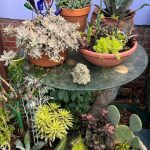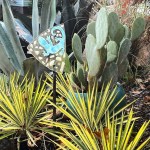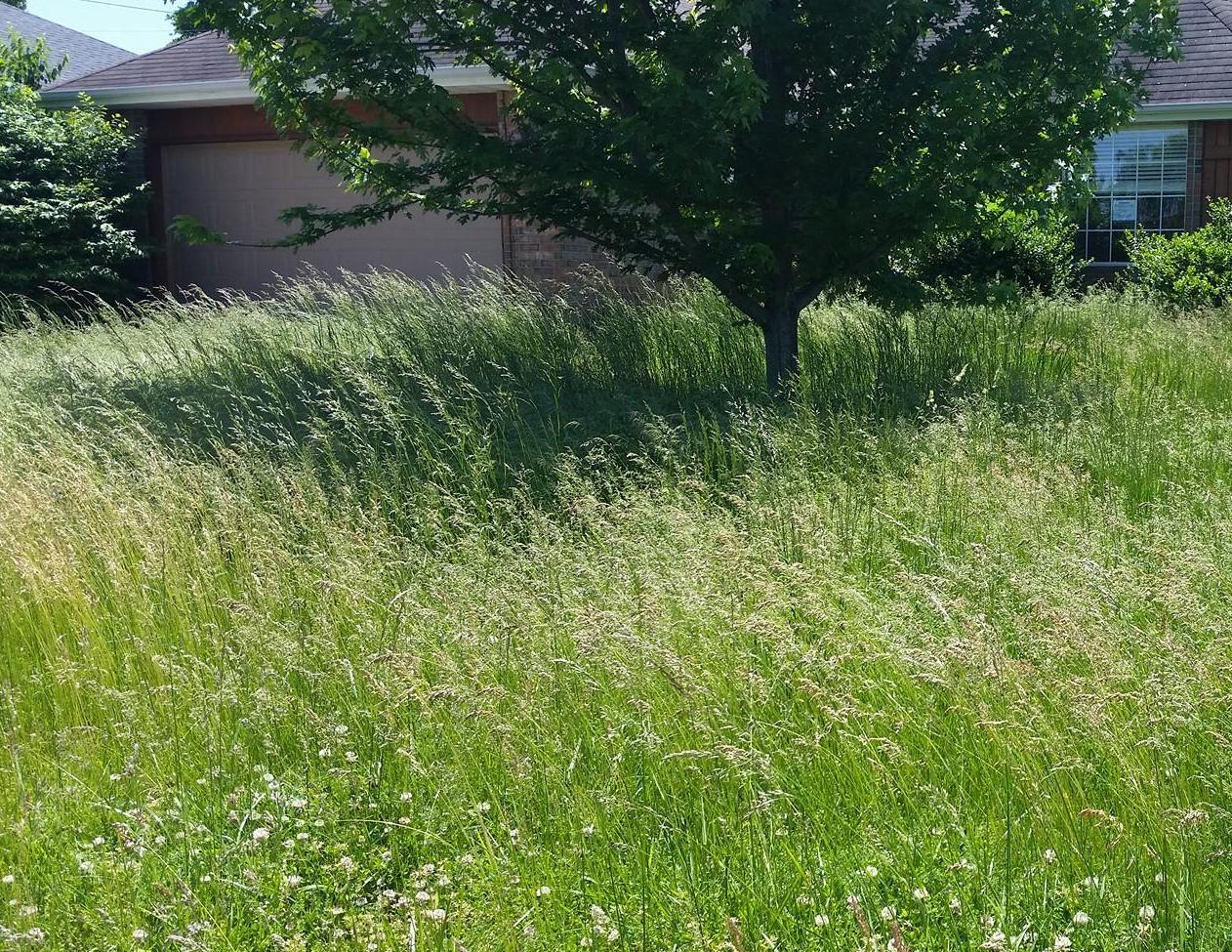Give these no-fuss plants more consideration
Published 2:06 pm Monday, August 5, 2024



By Felder Rushing
Gardening Columnist
Cacti and succulents can be polarizing to gardeners who immediately think of thorns and sharp leaf tips. But that’s just looking at the surface with these remarkable no-fuss plants.
Trending
I grow lots of different kinds, partly for how their fascinating shapes, sizes, and colors keep my horticultural interest piqued, and partly because they are nearly zero care which is important because I am loathe to have someone water my garden while I’m gone for weeks or months at a time.
Quick FAQ: A cactus is a succulent, but not all succulents are cacti; some, like Granny’s night blooming cereus and my Sansevierias, are tropical and frost-sensitive, and have to be brought indoors in the winter, while others are native all the way up into Canada and can take any weather thrown at them. Only thing the all have in common is the ability to store water in their stems or leaves to get them through dry times.
My very earliest clear-as-a-bell plant memory, from when I was five, was of a yellow-flowering prickly pear cactus with its thorny, ping-pong paddle-like leaves eating my brand-new inflatable beach ball. But I get around that now by growing a species with no thorns. Smooth as a freshly-shaved face. I also grow sword-like yuccas but, only those with soft tips less likely to put out an eye.
My extensive collection includes an astounding array of other kinds of succulents, in a wide array of shapes, sizes, foliage, and flower colors, all very easy to grow from leaves or stem cuttings. Some prefer full sun; others need light mid-day shade in the Dog Days to protect them from our humidity-intensified sunlight. Most can get root or stem rot from our heavy winter rains; to get around this, I grow them in containers or in raised beds with extra perlite or coarse gravel worked into the soil. And I rarely if ever have to water them, even all summer.
Trouble is, very few stores separate the hardy kinds from those too tender to survive our summer humidity and rain, and winter cold. It’s confusing when garden centers push them all together based just on their being succulents. It’s like treating all pets alike.
So after many years of running different succulents through my acid test trials – including in the garden planted in the back of my old pickup truck – I’ve found nearly two dozen that normally tolerate our heavy rains, summer heat with no water for weeks, and sudden winter freezes.
Trending
My favorite survivors for growing outside all year include my thornless prickly pear, giant century plant Agave, two smaller dwarf agaves (parryi and variegated lopantha), dwarf soft-tip yuccas including the popular golden variegated kinds, red-flowering yucca (Hesperaloe), hedgehog and powder puff cactus (both native to Oklahoma), gray-leafed Southern hens and chicks (Graptopetalum), northern hens and chicks (Sempervivum), and many super cold hardy sedums including dragon’s blood, Blue Spruce, Chinese stonecrops (Sedum tetractinum), the old garden standby goldmoss sedum, and Autumn Joy which is a large, commonly-grown perennial heirloom that dies down in the winter.
I have others, of course; to see some of them in garden settings go to felderrushing.blog, scroll down and in the search box type the word succulents.
You will notice that I mix and match them for interesting vignettes, including upright and cascading in the same pots, just like regular flowers. And I plant dwarf winter bulbs and small flowering summer plants that don’t need much water with them, because, well, why not?
Main thing is the many different succulents are amazing and easy; all fit my low-input garden style.
Felder Rushing is a Mississippi author, columnist, and host of the “Gestalt Gardener” on MPB Think Radio. Email gardening questions to rushingfelder@yahoo.com.








